Take the First Step For Estimate!
- Accurancy
- Efficiency
- Transparency
- Customization
- Time Saving
- Professionalism
- Cost Control

In the context of warehouse operations, the water supply infrastructure plays a pivotal role not only in daily operations but also in ensuring safety through fire suppression capabilities. Upgrading this infrastructure is essential for warehouses to meet evolving fire safety standards, enhance operational efficiency, and adopt sustainable water use practices. This article explores the comprehensive process of estimating the costs and benefits associated with upgrading water supply infrastructure in warehouse settings.
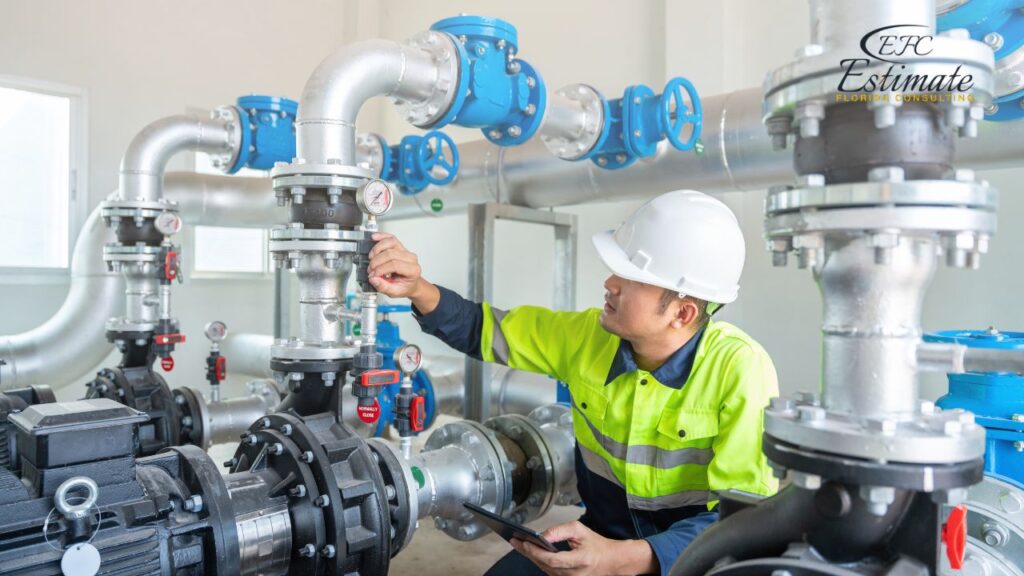

Component | Material Cost | Labor Cost | Total Cost |
Piping and Distribution | $3,000 – $15,000 | $1,500 – $7,500 | $4,500 – $22,500 |
Storage Solutions | $5,000 – $20,000 | $1,000 – $5,000 | $6,000 – $25,000 |
Pumps and Pressure Systems | $3,000 – $15,000 | $1,500 – $7,500 | $4,500 – $22,500 |
Filtration and Treatment | $3,000 – $15,000 | $1,500 – $7,500 | $4,500 – $22,500 |
Backup Systems | $2,000 – $10,000 | $1,000 – $5,000 | $3,000 – $15,000 |
Component | Estimated Cost Range | Notes |
Water Main Repair/Replacement | $10,000 – $50,000 | Cost varies by length and diameter of pipes, material, and location. |
Advanced Metering Infrastructure | $20,000 – $100,000 | Includes installation of smart meters and associated software. |
Water Treatment Plant Upgrades | $50,000 – $200,000 | Depends on plant capacity and technology used. |
Sewer System Overhaul | $30,000 – $150,000 | Includes separation of combined sewers, repair, and replacement. |
Stormwater Management Systems | $15,000 – $75,000 | Includes green infrastructure and traditional storm sewers. |
Upgrading water supply infrastructure in warehouses is not a mere choice but a regulatory necessity to adhere to local fire safety codes and building regulations. Compliance with these standards is paramount for ensuring the safety of personnel, protection of goods, and the overall integrity of the warehouse facility. Fire safety codes dictate specific requirements for water supply systems, including the size and capacity of water mains, the installation of fire hydrants, and the availability of water for fire suppression purposes.
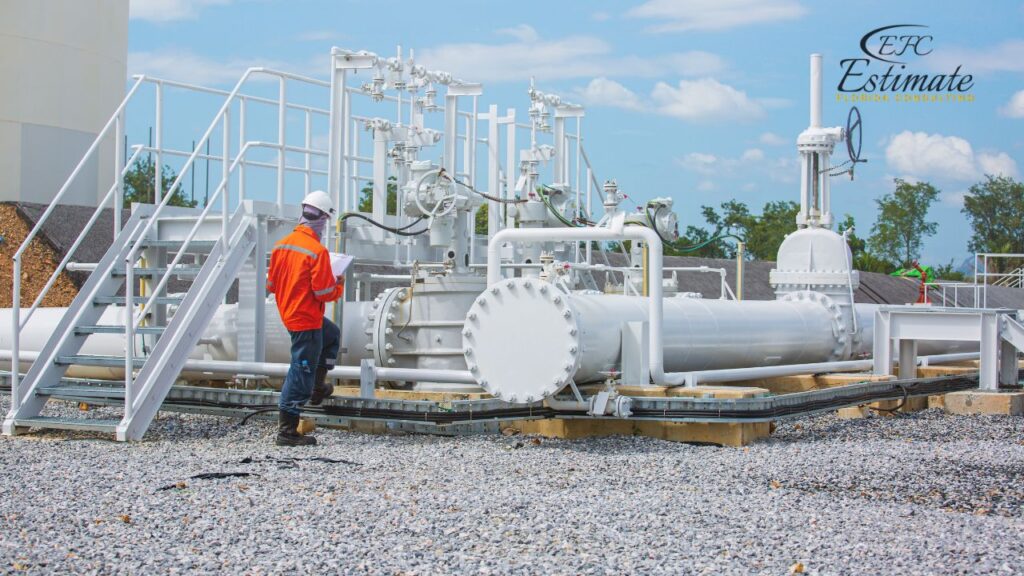
Upgrades must align with these regulations to avoid fines, penalties, and potential legal liabilities. Additionally, compliance ensures that the warehouse is adequately prepared to handle fire emergencies and meet the expectations of regulatory authorities and insurance providers. Therefore, any upgrades to the water supply infrastructure must be carefully planned and executed in accordance with applicable codes and regulations to maintain compliance and safeguard the facility against fire-related risks.
Expanding the capacity of the water supply system is a critical consideration when upgrading infrastructure to support robust fire suppression needs and operational demands in warehouses. As the size and complexity of warehouses increase, so do the requirements for water supply to effectively combat fires and ensure the safety of occupants and assets. Upgrades should focus on increasing the capacity of water mains, storage tanks, and distribution networks to deliver sufficient water flow and pressure to all areas of the facility. This involves assessing the existing system’s capacity limitations, conducting hydraulic calculations to determine demand requirements, and designing upgrades that can accommodate peak fire flow demands. By enhancing the system’s capacity, warehouses can improve their ability to respond to fire emergencies promptly, minimize property damage, and protect lives. Moreover, an adequately sized water supply system supports operational needs such as irrigation, cooling, and sanitation, enhancing overall efficiency and productivity in warehouse operations.
Improving water quality and pressure is essential when upgrading water supply infrastructure to ensure effective use throughout the warehouse. Water quality affects the performance and reliability of fire suppression systems, as contaminants or impurities can impair equipment operation and cause malfunctions. Upgrades should incorporate measures to enhance water quality, such as filtration systems, water treatment processes, and regular maintenance procedures to prevent corrosion and buildup in pipelines. Additionally, ensuring adequate water pressure is critical for delivering water to fire hydrants, sprinkler systems, and other fire suppression equipment with sufficient force to extinguish fires effectively. Upgrades may involve installing booster pumps, pressure regulating valves, and pressure monitoring systems to maintain optimal pressure levels throughout the warehouse. By improving water quality and pressure, warehouses can enhance the reliability and effectiveness of their fire protection systems, reducing the risk of fire-related losses and ensuring the safety of occupants and assets.
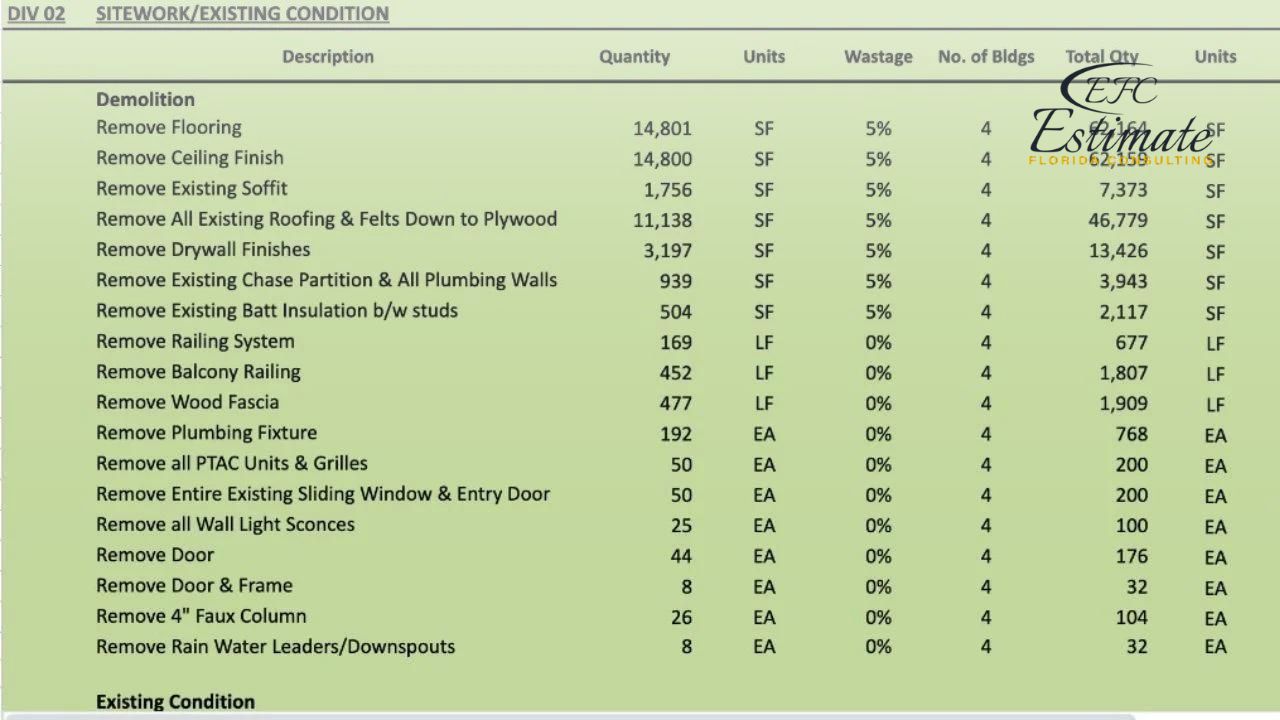
ZIP Code Based Estimate
Highly Accurate
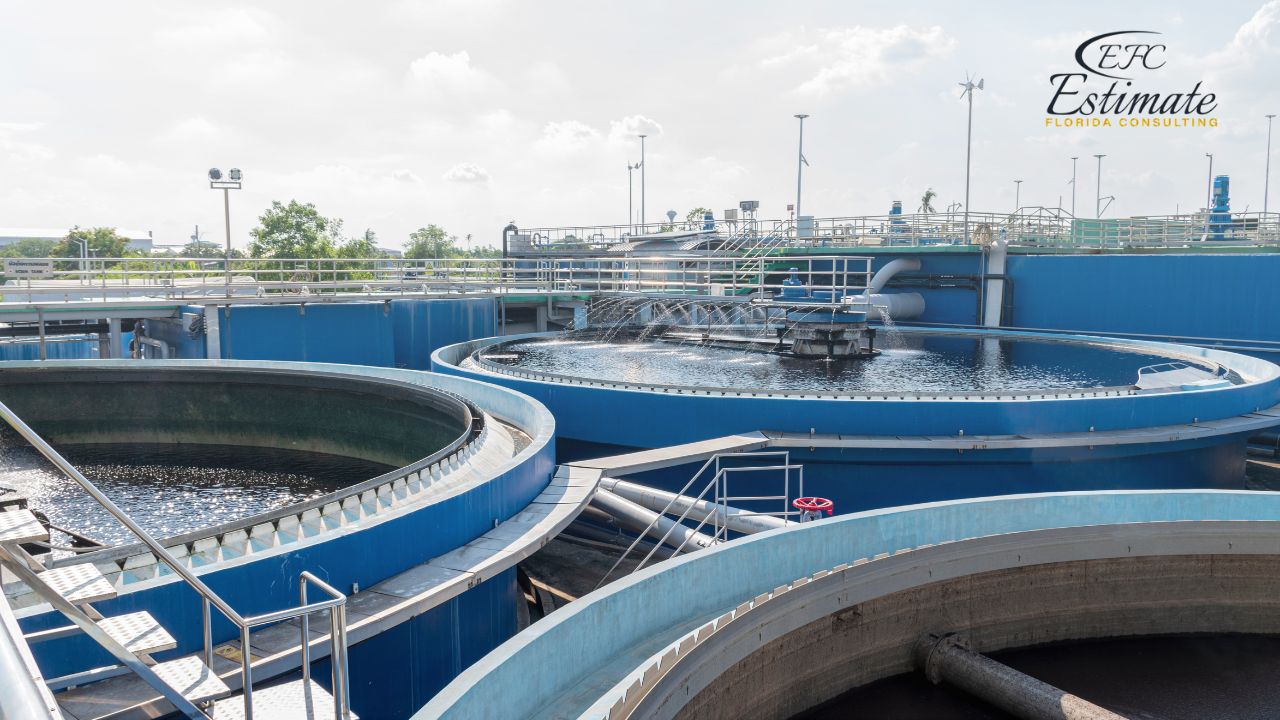
Fully Insured License Hire Contractor for Water Supply Infrastructure Upgrade
Hire Contractor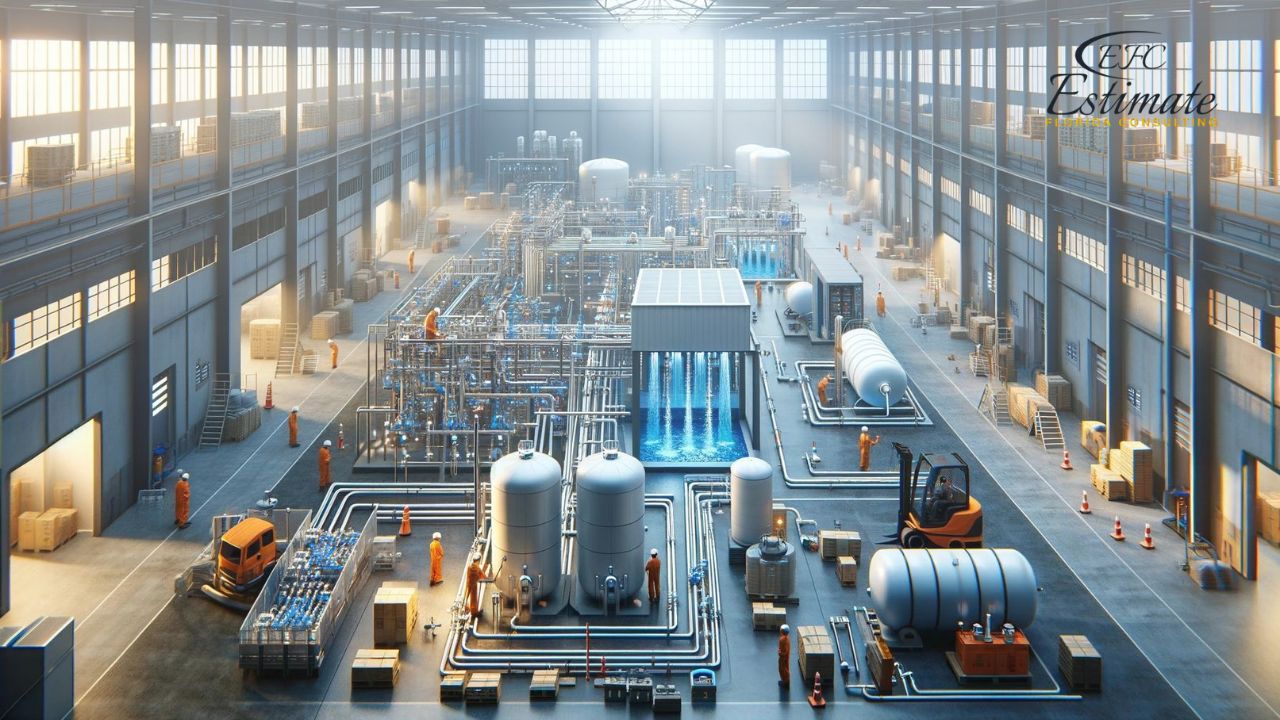
Make Informed Design Decisions Showcase Your Design Ideas
Get RenderingIncorporating eco-friendly practices and technologies is a key consideration when upgrading water supply infrastructure in warehouses to minimize environmental impact and promote sustainability. Water is a precious resource, and its responsible use is essential for conserving natural resources and reducing carbon emissions associated with water treatment and distribution. Upgrades should prioritize the adoption of sustainable water management practices, such as rainwater harvesting, greywater recycling, and low-flow fixtures, to reduce water consumption and waste. Additionally, leveraging renewable energy sources, such as solar or wind power, to power water supply systems can further enhance sustainability and reduce reliance on fossil fuels. Furthermore, implementing water-saving technologies, such as smart irrigation systems and leak detection devices, can improve efficiency and reduce operational costs. By integrating eco-friendly practices and technologies into water supply infrastructure upgrades, warehouses can demonstrate their commitment to environmental stewardship, meet regulatory requirements for sustainable development, and contribute to a greener, more resilient future.
In an era where environmental sustainability is not just valued but expected, warehouses and distribution centers are increasingly focusing on water use efficiency and conservation. Implementing sustainable water management practices is essential for minimizing environmental impact, reducing operational costs, and complying with regulatory requirements.
Adopting sustainable water use practices involves both technological solutions and human factors. Initiatives can range from simple measures like fixing leaks and installing low-flow fixtures to more complex systems like rainwater harvesting and water recycling. Engaging employees in water conservation efforts through training and awareness programs is also crucial for achieving significant water savings.
Rainwater harvesting collects and stores rainwater for reuse, significantly reducing reliance on municipal water supplies. This system can be particularly beneficial for large warehouse roofs, which offer ample catchment areas. Stored rainwater can be used for irrigation, flushing toilets, and, with proper treatment, even for industrial processes. Implementing rainwater harvesting not only contributes to water conservation but can also lead to substantial cost savings over time.
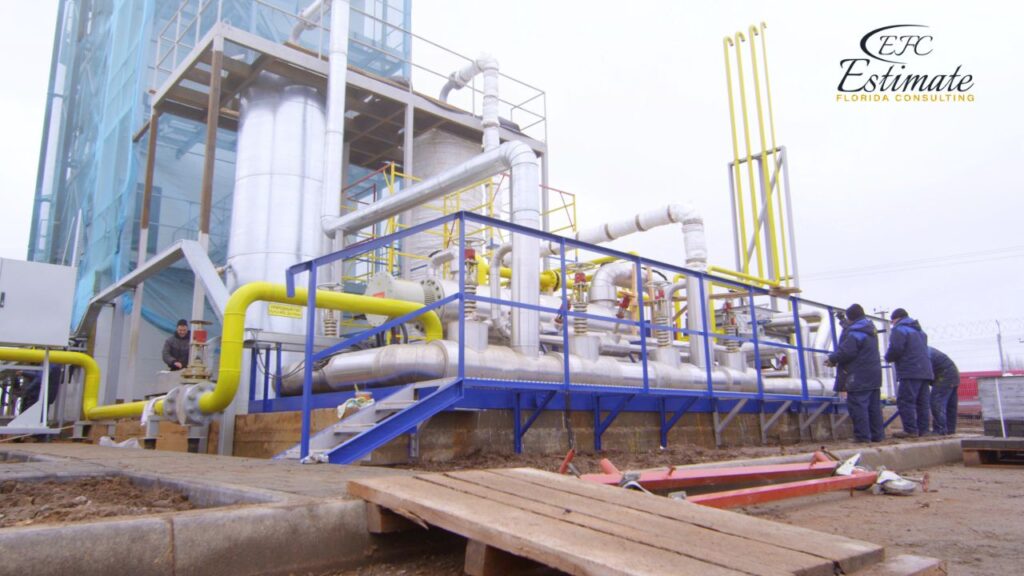
Recycling greywater and industrial wastewater opens up new avenues for water conservation in warehouses. Advanced treatment systems, including biological treatment and membrane filtration, can purify wastewater to a level safe for reuse. This recycled water can be used for landscape irrigation, cooling systems, and other non-potable applications, further reducing the demand for fresh water.
The integration of IoT and smart technologies into water management allows warehouses to monitor water use in real-time, identify leaks, and optimize water consumption. Automated systems can shut off water supply in response to leaks, preventing water waste and potential damage. These technologies offer a high level of control and insight into water use patterns, facilitating more informed water management decisions.
Incorporating water conservation into the design and infrastructure of warehouse facilities can have a lasting impact. This includes the use of water-efficient landscaping, such as xeriscaping, and the installation of water-saving fixtures and appliances. Retrofitting existing facilities with these features can also make a significant difference in water use.
Warehouses must navigate a complex landscape of water use regulations and standards. Achieving certifications such as LEED or BREEAM can demonstrate a commitment to sustainability and offer competitive advantages. These certifications often require adherence to strict water conservation criteria, pushing warehouses to adopt more efficient practices.
The economic benefits of water conservation are clear, with reduced utility bills and potential eligibility for tax incentives or rebates. Environmentally, sustainable water management practices contribute to the preservation of precious water resources and support broader corporate sustainability goals.
Implementing upgrades to the water supply infrastructure of warehouse facilities is a significant undertaking that requires meticulous planning and execution. A phased upgrade plan not only helps in managing costs but also minimizes operational disruptions, ensuring that warehouse activities can continue smoothly. This article outlines a structured approach to upgrading water supply systems, emphasizing the importance of each phase in the project lifecycle.
The first phase involves a thorough assessment of the existing water supply infrastructure. This step is crucial for identifying deficiencies, understanding the scope of required upgrades, and setting clear objectives. A comprehensive project plan should be developed, detailing timelines, budget estimates, and priority areas for upgrade. This plan serves as the roadmap for all subsequent activities.
Once the needs are identified, the next step involves detailed design and engineering. Collaborating with professionals to draft designs that incorporate the latest technologies for water efficiency and sustainability is vital. This phase results in finalized project specifications, which will guide the construction and implementation process.
Selecting the right contractors is critical to the success of the project. Criteria should include experience, expertise in similar projects, and financial stability. Negotiating contracts with clear terms regarding timelines, costs, and quality standards is essential to ensure accountability. Establishing effective communication channels will facilitate smooth project management.
The implementation phase involves the physical construction and installation of the upgraded infrastructure. This phase requires careful management to minimize impact on warehouse operations, ensuring safety and compliance with all regulations. Regular progress checks and adjustments are necessary to keep the project on track.
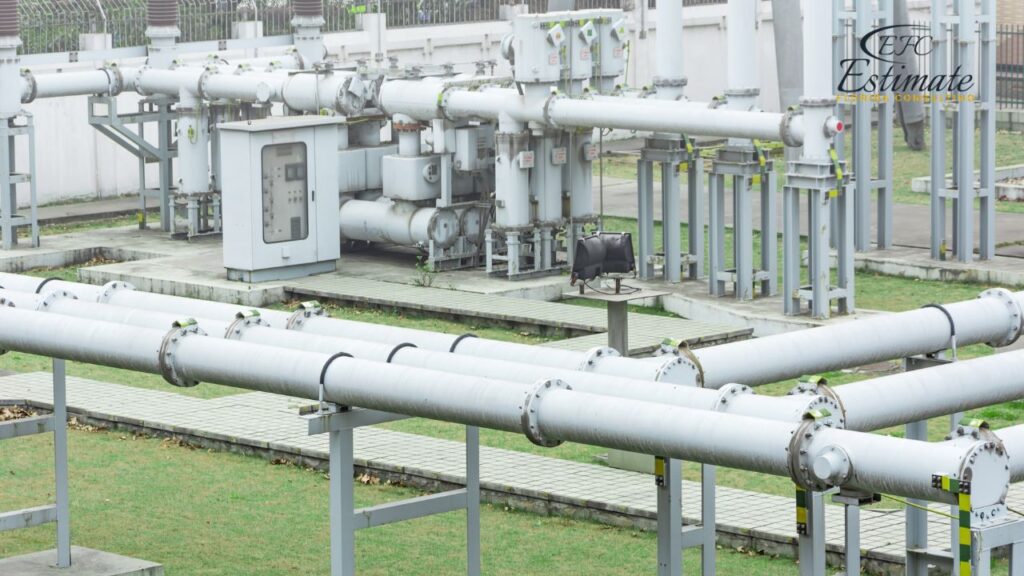
After construction, rigorous testing of the new systems is essential to ensure they function as intended. The commissioning process confirms that the upgrades meet all design specifications and operational requirements. Training for staff on how to operate and maintain new systems is also a crucial part of this phase.
Following the completion of the project, conducting a post-implementation review helps assess its success and identify any areas for improvement. This review should document lessons learned and best practices for future infrastructure projects. Additionally, establishing a routine maintenance and monitoring plan is crucial for ensuring the longevity and efficiency of the upgraded infrastructure.
Receive highly accurate estimates tailored to your zip code, giving you the edge to secure more projects. Upload your plans and start winning!
Upgrading water supply infrastructure in warehouse settings is a multifaceted endeavor that encompasses regulatory compliance, capacity expansion, quality improvement, and sustainability initiatives. By carefully estimating the costs and benefits associated with these upgrades, warehouse owners and managers can make informed decisions to enhance fire safety, operational efficiency, and environmental stewardship. Implementing comprehensive upgrades requires meticulous planning, collaboration with experts, and adherence to structured project management processes. However, the long-term benefits, including regulatory compliance, risk mitigation, cost savings, and sustainability gains, justify the investment in upgrading water supply infrastructure. Ultimately, by prioritizing water conservation and adopting innovative technologies and practices, warehouses can achieve resilience, efficiency, and sustainability in their operations while safeguarding assets and personnel against fire-related risks.
The main components include piping and distribution systems, storage solutions, pumps and pressure systems, filtration and treatment systems, and backup systems.
Costs can vary depending on factors such as material, labor, and the size of the warehouse. However, a general estimate for each component is provided in the tables above.
The cost of water main repair or replacement depends on factors such as the length and diameter of pipes, the material used, and the location of the warehouse.
Advanced metering infrastructure involves the installation of smart meters and associated software, allowing for more accurate monitoring and management of water usage. This can help warehouses track their water consumption and identify areas for improvement.
Water treatment plant upgrades can improve the quality and efficiency of water treatment processes, ensuring a reliable supply of clean water for warehouse operations. The cost of upgrades depends on factors such as plant capacity and the technology used.
A sewer system overhaul may involve the separation of combined sewers, as well as repair and replacement of sewer infrastructure. Warehouses may need this to ensure proper disposal of wastewater and compliance with regulations.
Stormwater management systems, which include green infrastructure and traditional storm sewers, help warehouses manage rainwater runoff and prevent flooding. Implementing these systems can protect warehouse facilities and surrounding areas from water damage.
Some government agencies offer incentives or grants to encourage businesses to invest in water conservation and infrastructure upgrades. Warehouses should research available programs and requirements to determine eligibility.
Warehouses can start by conducting a comprehensive evaluation of their current water supply infrastructure and identifying areas for improvement. Consulting with water management professionals can help determine the most cost-effective solutions.
Investing in water supply infrastructure upgrades can lead to cost savings through improved efficiency, reduced water waste, and decreased maintenance and repair costs. Additionally, it can demonstrate a commitment to sustainability and environmental responsibility.
Here I am going to share some steps to get your water supply infrastructure upgrade for warehouses estimate report.
You can send us your plan on info@estimatorflorida.com
Before starting your project, we send you a quote for your service. That quote will have detailed information about your project. Here you will get information about the size, difficulty, complexity and bid date when determining pricing.
Our team will takeoff and estimate your project. When we deliver you’ll receive a PDF and an Excel file of your estimate. We can also offer construction lead generation services for the jobs you’d like to pursue further.

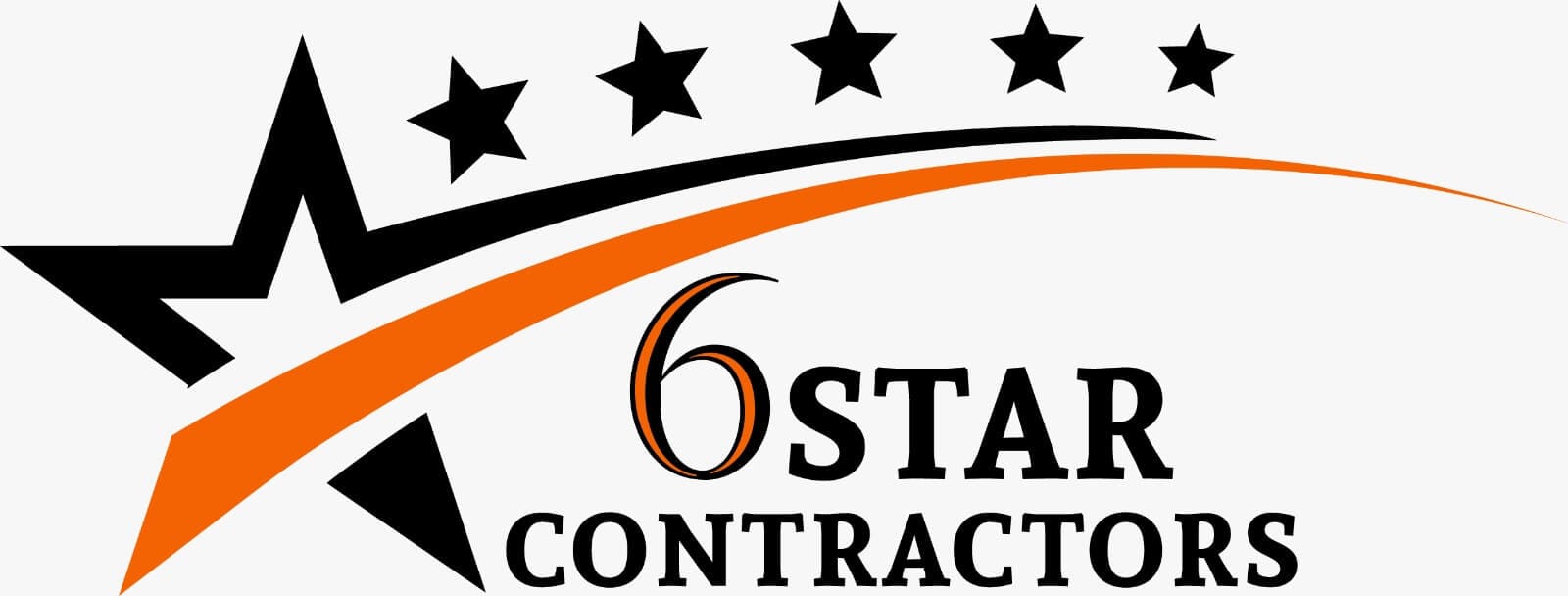

561-530-2845
info@estimatorflorida.com
Address
5245 Wiles Rd Apt 3-102 St. Pete Beach, FL 33073 United States
561-530-2845
info@estimatorflorida.com
Address
5245 Wiles Rd Apt 3-102 St. Pete Beach, FL 33073 United States
All copyright © Reserved | Designed By V Marketing Media | Disclaimer